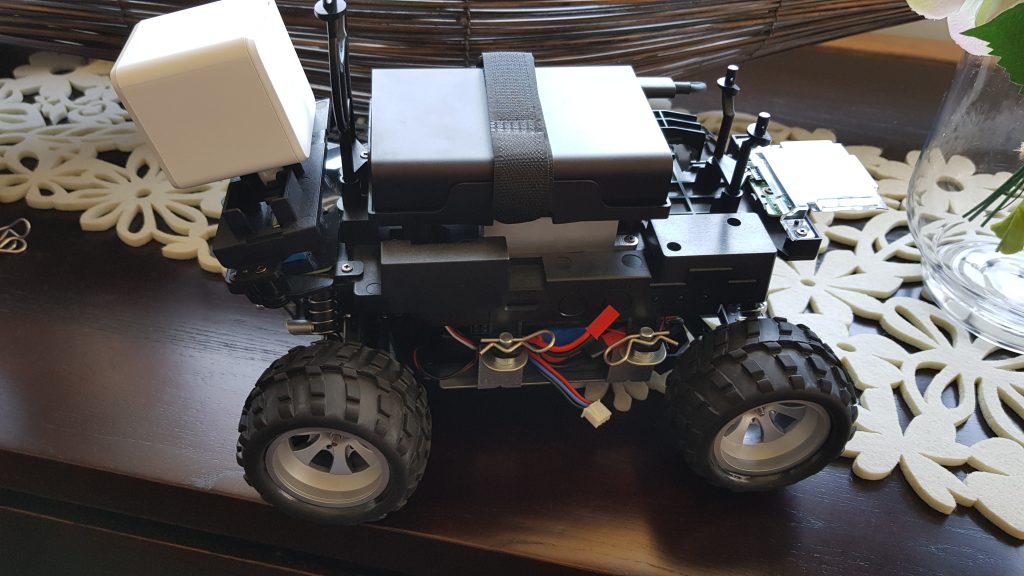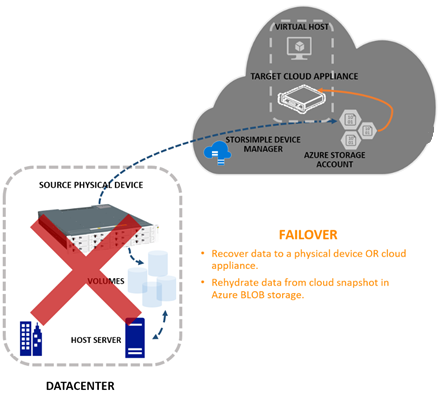Active Directory User Migration in Hybrid Exchange Environment Using ADMT – Part2
Configuring source and target domains
In the previous post of this series I discussed about the tasks involved in migrating a user from a domain to another in a hybrid exchange environment. Now let’s get down to the nitty-witty of migration.
Before getting into moving the users across to target domain, there are few things that need to be installed and configured in both source and target domain. Let’s start by looking at the configuration steps for source and target domains.… [Keep reading] “Active Directory User Migration in Hybrid Exchange Environment Using ADMT – Part2”



 The target device for a failover could be a physical device or even a cloud appliance. The target device may be located in the same or a different geographical location than the source device.…
The target device for a failover could be a physical device or even a cloud appliance. The target device may be located in the same or a different geographical location than the source device.…